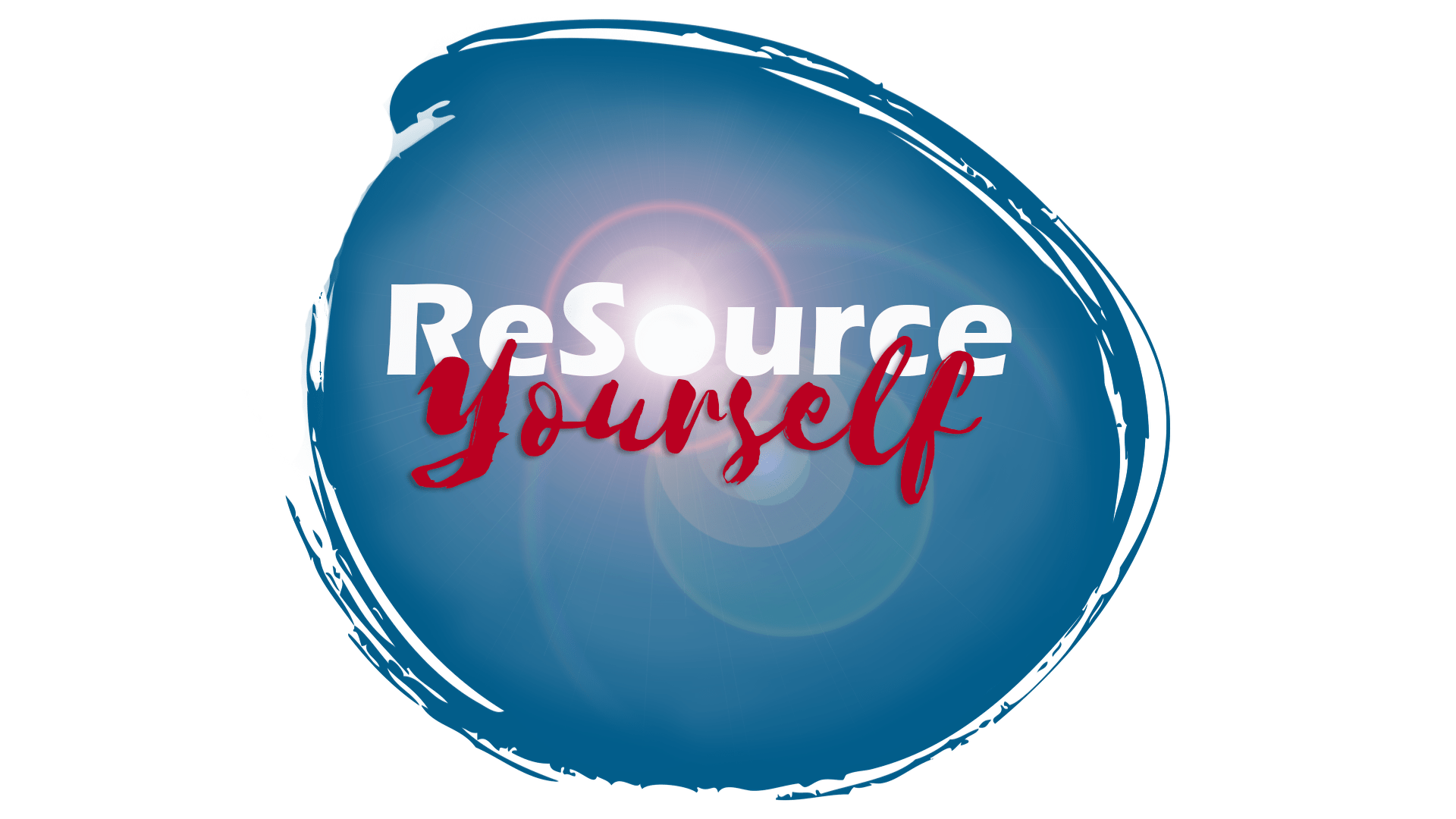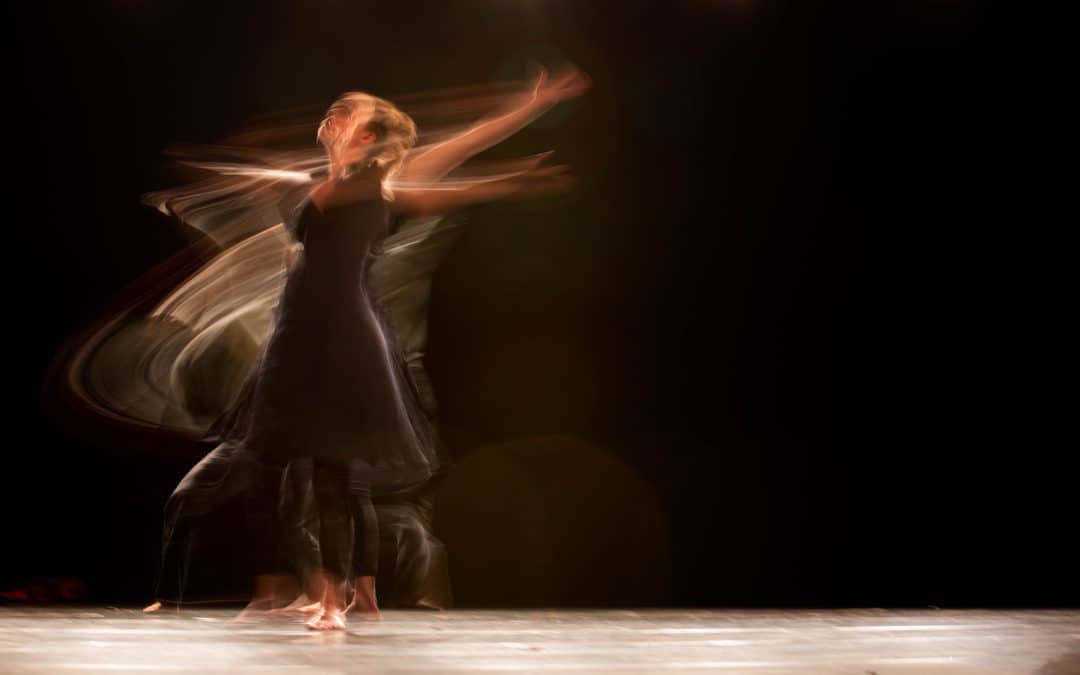OR HOW DOING NOTHING CAN MOVE YOU FORWARD
Most people wouldn’t say directly that they are afraid to fail. There are some situations in which this kind of fear can come up directly, like when we have to present something, or when we don’t go for our goal that we would like to achieve, just because we don’t think we can. But the fear of failure comes out in many subtle ways:
- It rears its head when we don’t comply with our propositions,
- when we think “I will start that diet tomorrow, because today I’ve already eaten too much”,
- when we see ourselves going into old patterns, but we are going there nonetheless,
- when we settle for less, and agree to a compromise that really doesn’t feel good,
- when we feel ashamed or draw back in moments that ask us to show ourselves,
- when we teach our children to play safe,
- or when we play safe ourselves,
- when we don’t put on that red dress or those high heels because we just don’t feel comfortable or safe being that exposed,
- or when we allow others to step over our boundaries because we just cannot say no.
- It is even hidden in our self-talk, that voice telling us that we are not good enough or that we won’t make it.
- And sometimes, it shows up as a deep despair and sadness. We are not only afraid of failing, but we feel that we will fail, or are a failure – and we process this assumption through grief.
Common Reactions to the Fear of Failure
Usually, when we are under the influence of the fear of failure, we do one of two things. Either we make a higher effort, we try harder, because we think we can force it. But life usually doesn’t respond well to force, and in any case – this is exhausting. Or, we follow different strategies that have one thing in common: avoidance. Those strategies allow us to avoid our negative feelings, the shame, the guilt, the anxiety and fear, the loss and hopelessness, the despair. And when we don’t feel, and don’t face our negative feelings, we cannot process the information contained in them, and we end up being driven by automatic programs and patterns. So no matter whether we try harder or we act out of avoidance – both ways lead us into feeling stuck or paralyzed: because nothing changes. We can be busy and active but we end up worn out. And really, we don’t move.
Let’s look at how this can play out in the area of dating: A client of mine asked me why it is that she keeps staying in relationships with men when she sees that they are not returning her attention, and that they are not committed, or that they are not the kind of man that she wants to have in her life. Why does she stay in the game of chasing after each other, but then not being available?
Our rational mind thinks, that if we understand that something we do won’t have the desired outcome, we would just stop doing it. But it is not that easy. There are bigger factors and hidden emotional needs at play, and as long as they are not fulfilled, we stick with situations which will surely lead to failure, even knowingly.
Our Inner Child is Scared
The fear of failure doesn’t come from the adult in us. It doesn’t come from the strong and nurturing mother, not from the attractive and sensual woman, and not from the highly educated and well trained professional. It comes from our inner child, the part of us that just wants to be loved, wants to be approved of, and needs to be seen.
Frequently we outsource these needs that we have, or we play them down and treat them as something that is not necessary, at least not in this moment. We need men and partners and friends to make us feel appreciated. We need success in our projects and careers in order to feel that what we do is valuable. We need our clients to give us positive feedback. We need our kids to be better, and we need ourselves to be “perfect” – and all of that is important so that we can, for a short moment, not anticipate our own failure. (Because none of the outside validation has a lasting effect.)
Turning Paralyzation into Movement
The biggest difficulty with the fear of failure is that it gets us stuck. No matter how much we do or what we try, it’s all the same and never changes the outcome. And frequently, we are paralyzed in a very physical sense: We cannot breathe, cannot decide, are scared to move any way, because it might be the wrong one, or it might lead us into failure. The thing is, if we don’t move, we have already lost.
If we do move, no matter how many thins go wrong or how many negative experiences this brings about, we have the chance of experiencing something different, we have the chance of learning, or seeing, feeling, recognizing, and mastering our challenges. And, honestly, if a movement brings us to another closed door – at least then we know for sure that this was not it!
Now you might say, that you are moving, and doing lots of things, but you still feel stuck, or blocked, or so stressed out and tired that you just can’t keep going. And I would say, yes, you are right. There is no use in blind movement. There is no use in repeating the movement we have made many times without success.
Let’s Redefine Movement
So, it’s time to redefine movement and to look at it in a different angle. For many of my clients, the actual movement, the actual change is stopping to DO things and starting to FEEL and BE. It’s when we move out of action and activity, and into being and awareness, when big shifts can occur, and in an easy and supporting way! It all comes down to this simple truth I am showing and teaching: All the negative feelings and experiences in our life only need to be felt, seen and acknowledged. Instead of resisting them and trying to avoid or negate them or lessen their effect, we can just do the opposite. We can open up to feeling them, and let go of all resistance.
It means that, the next time the before-mentioned woman finds herself in a dating situation that prompts her to call even though she knows she shouldn’t, she could sit down and feel the anxiety in her body, be aware of her guilt of not being good enough and the impulse to do something and act in order to earn the guy’s attention. She could do something new, which is, take responsibility for her feelings and try to help herself through them, rather than holding on to the idea that the other person has to or could make her feel better. And when I say, help herself through them, all it means is saying to her inner child: “I see you. I know this is uncomfortable. I feel with you. I am with you. You are ok, and this is only an experience, something we can face together.”
That is all it needs. Inviting ourselves in. Accepting who we are in this moment. Letting go of avoiding what seems to be an ugly truth, or a painful thought or situation.
In fact, you can conquer your fear of failure if you let go of your fear of suffering. That is all that you will ever have to do. Accept that some experiences are not so comfortable, but that you can still feel them in your body, and be present with them as you keep breathing and observing the experience. And as you do that, you will notice the shifts coming about. You will find the answers within yourself. You will find comfort. And you will be able to experience, without any effort, that this inside movement you chose turns into outside movement – and one that easily brings about a change, a different situation, and a new experience.
PS: As always, I am here to help. If you find this interesting, you might want to check out my audio-course Get Positive. It is a deep and practical 5-day lesson that will help you uncover, approach, feel, transform and use your negative emotions, on your own time and with money-back guarantee. Or, of course, you can book in a free call with me and let me help you figure out your next steps and movements.


